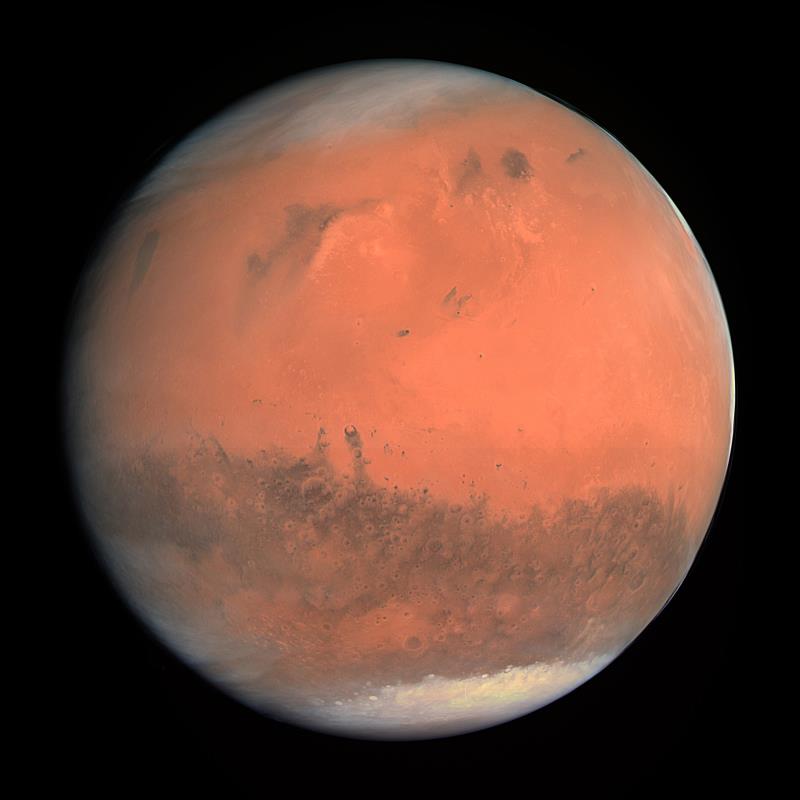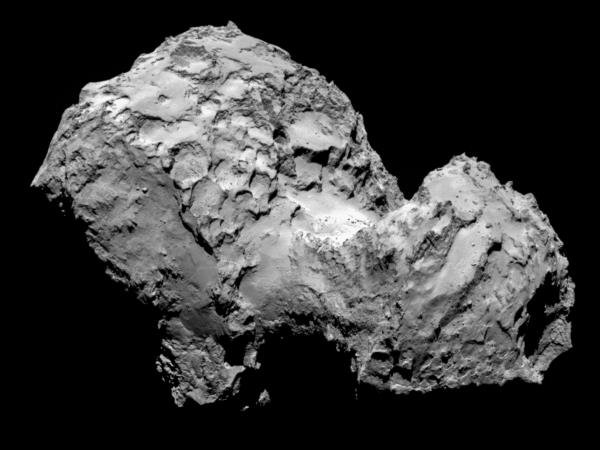
Image courtesy European Space Agency
Full Size Image
Space Pix
This week we start off with some good old fashioned space porn thanks to an article by Phil Plait, the Bad Astronomer in his Slate.com column.
Here's What a Comet Looks Like When You're Close Enough to Touch It.
If you aren't familiar with Rosetta, it is a European Space Agency probe that has now rendezvoused with a comet.
Read Phil's article for all the details, but as do most deep space probes, it used both Earth and Mars for gravity speed boosts.
That yielded some spectacular images of both planets as well as the comet in question, 67/P Churyomov-Gerasimenko.
There are some really awesome photos on the ESA site, so I highly encourage you to go take a look!
I'm just putting in some scaled down versions of the images here, but the full size shots are simply breathtaking.
If you are familiar with photos from spacecraft, you know that they are often not in the colors your eye would see if you were actually there yourself. Often separate images are shot with color filters and reassembled on earth.
This shot of Mars is pretty close to what we would see if we were there.

Image from European Space Agency
As for the comet itself, you can see the “rubber ducky fallen over” shape in this image.
Like most comets it is primarily a dusty, dirty snowball. As it gets closer to the sun, little bits will be pushed away by the solar wind and glitter in the sunlight. That will make the comet's tail.
I don't want to put too many of the images in this post, but over on the ESA site they have a wicked cool timelapse of the comet rotating and growing larger as Rosetta approached.
#ASP vNext Configuration Details
Bam! There's your graceful segue from space pix to talking about ASP.
Maybe not so graceful, but there you go.
I'm working on a talk for our user group meeting next week about the upcoming version of Microsoft's ASP web framework code named vNext.
I found a post from Louis Dejardin from a few months back talking about how the configuration will work.
ASP.NET vNext Moving Parts: IConfiguration
If you've worked with ASP you've worked with the venerable web.config file.
You have also probably at some point killed a web site by getting ONE DAMNED CHARACTER WRONG in a web.config file.
Not sure how you feel about the fact that one stray character in a config file can make a web app die an unceremonious death, but I'm not a fan.
Such is the beauty of XML.
Well hold on to your hats, cowboys and girls, because you won't have to use the XML based web.config any more.
Unless you want to.
Say what?
I love the pluggable modularity the team at MS are going for here.
Check out Louis' post for the full scoop, but you will be able to specify JSON, XML, INI, Environment Variables, and probably Norse Runes for your configuration settings.
I think that is cool.
If you use Azure, you know you can specify environment variables in the Portal UI for Websites.
One big advantage to that approach is you don't risk someone checking web.config into source control with all it's connection string goodies hanging out for all to see.
Well that about wraps it up for this week.
Enjoy your space porn and config files!
